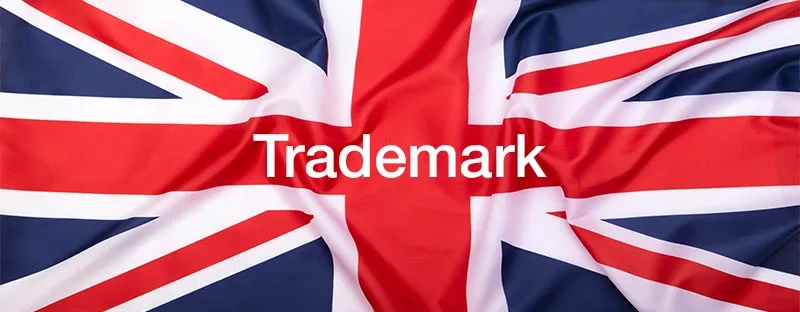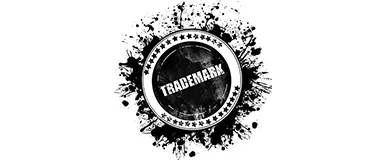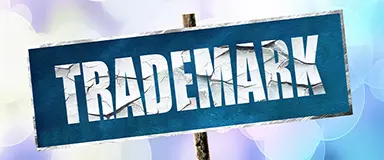Complete step-by-step guide to registering a trademark with the USPTO in 2025. Learn filing requirements, costs ($350 base fee), timelines (12-18 months), and maintenance requirements.
Reasons Why Your Trademark May Be Challenged in the U.K.
Written by Emily Brooks ·

Securing trademarks for your U.K. business name, logo, and product names is always a smart idea. It provides much-needed protection against theft, fraud, and infringement, and it makes your ideas officially your own, so nobody else can claim or copy them.
However, you can’t necessarily set up a trademark for whatever you want. There are rules and systems in place that control how trademarks are established, and the Intellectual Property Office has the right to refuse or challenge applications that fail to abide by those rules.
Here are five common reasons that U.K. trademarks are challenged and refused.
Descriptive (Lacks Character)
One of the most common challenges against trademarks is when they’re descriptive or lack any kind of uniqueness or distinct character. Some examples of this would be a store trying to trademark a slogan like “best quality products” or “cheap prices,” or a plumbing company trying to register a descriptive name like “Reliable Plumbing.”
Solution: Focus on securing trademarks for original and distinctive logos, brand names, and slogans, and avoid including adjectives or other words that simply describe the products or services you provide.
Generic (Lacks Precision)
Your trademark proposal may also be rejected if you use terms or concepts that are deemed too generic or lacking in precision. For example, a footwear store might struggle to get a name like “The Shoe Shop” registered with a trademark, since it’s such a generic term and could be at risk of countless minor infringements.
Solution: Be detailed and precise with your names and logos. Be creative, think outside the box, and find unique ways to convey what your brand is all about and grab your audience’s attention.
Bad Faith
Businesses and individuals in the U.K. have the right to challenge trademarks that they believe were applied for or secured in bad faith. For example, if a company registered a trademark just so that someone else couldn’t register it, or they registered it but never had any intention or actually marketing or using it, these are considered to be bad faith applications.
Solution: Always register trademarks for the right reasons. Use them for your own businesses and products you actually intend to create and market.
Deceptive
It’s also likely that any trademark application deemed to be deceptive will fail to gain approval. Examples of this would be trademarks for product names that exaggerate the product’s qualities, or brand names that could trick the customer into believing something about the company that isn’t true. Consider a coffee company calling itself “Peruvian Roast”, despite not sourcing any coffee from Peru.
Solution: Be honest in your product names, logos, etc. Avoid making any false claims or using words that might trick your customers. Put yourself in their shoes and conduct feedback sessions to see what people think about your names before trademarking them.
Confusing
This is similar to the “deceptive” issue – trademarks may be rejected if they’re considered to be confusing, or create a risk of causing confusion among consumers. This could be, for example, if the mark (like a logo) is too similar to one that already exists, or if the company’s brand or product names don’t have anything to do with what the company actually does or sells.
Solution: Make sure anything you want to trademark is original and that it applies to whatever your brand is selling. Conduct trademark searches to see what kinds of logos and product names are already in use, too, so that you don’t accidentally copy something that has already been trademarked.
Prohibited
Finally, and perhaps most obviously, your trademark will inevitably be challenged if it contains any content that could be deemed offensive or is prohibited. That includes, but is not limited to the likes of religious symbols, promotion of illegal activities, or inclusion of offensive or explicit terms and phrases.
Solution: Use safe and decent language in your trademark applications, and avoid anything that might reasonably be called controversial.
Avoid These Common Trademark Challenges
So, if you’re preparing to file a trademark in the U.K., keep these issues in mind. Carry out a quick review of the logos and other IP you wish to trademark, and make sure they don’t fall foul of the regulations listed above to ensure your trademark application passes without a hitch.


